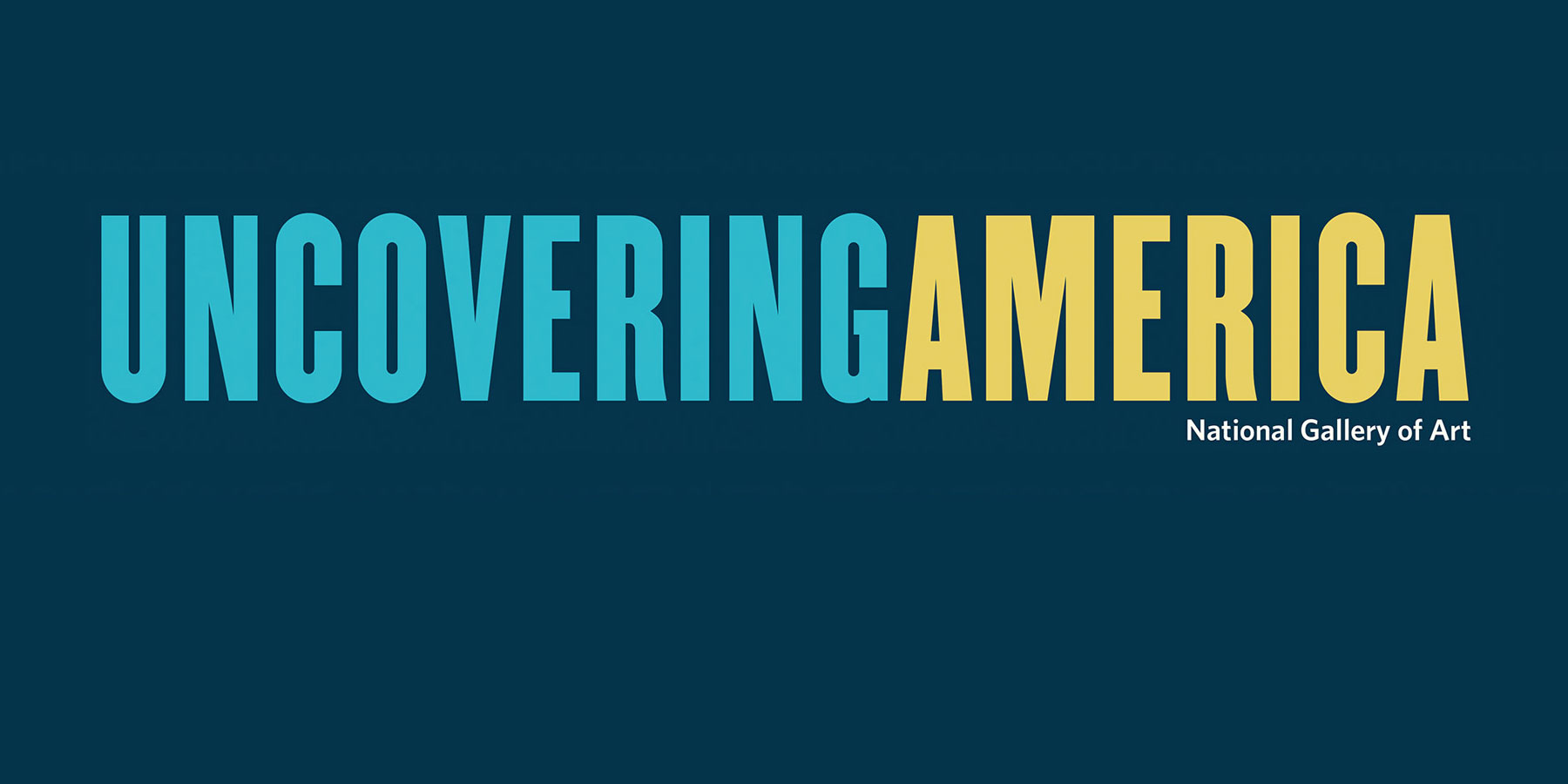Invite small groups of students to select a work of art that features a transformational journey they’d like to investigate. The journey might be visible in the artwork, or it may be one that the artist undertook. Suggested works of art include Romare Bearden’s Tomorrow I May Be Far Away, Dorothea Lange’s Migrant agricultural worker’s family, Nipomo, California, Arshile Gorky’s The Artist and His Mother, Yasuo Kuniyoshi’s Cows in Pasture, and Kara Walker’s no world. Next, ask students to figure out or imagine the specifics of this journey:
- Identify the person undertaking the travels. If the journey depicted is a generalized one, ask students to identify an actual or historical person who would have experienced a similar migration.
- Where might the journey have begun? Did it conclude?
- Did anyone accompany them? Who did they encounter along the way?
- Why did they make this journey? Was it their choice to travel? What costs were associated with the journey?
- Describe the travel conditions. What form(s) of transportation did they use? How long did it take to get from one place to another? During what season did they travel?
- How does the way in which the artist depicted the journey reflect or add to the story of that journey? Think about colors, materials, and shapes.
- What challenges did they experience along the way? Were there any surprises or moments of delight? What emotions do you imagine they felt while traveling?
- How might you travel this route today?
- What is realistic or unrealistic about what is pictured? Why?
Students will likely need to learn about historical events or artist biographies to answer some of these questions. In cases where finding an answer proves difficult, ask students to put themselves in the shoes of the person traveling and use their imaginations. Encourage students to share the results of their research and thinking in creative ways, such as annotating a map, or creating a video or performance.







